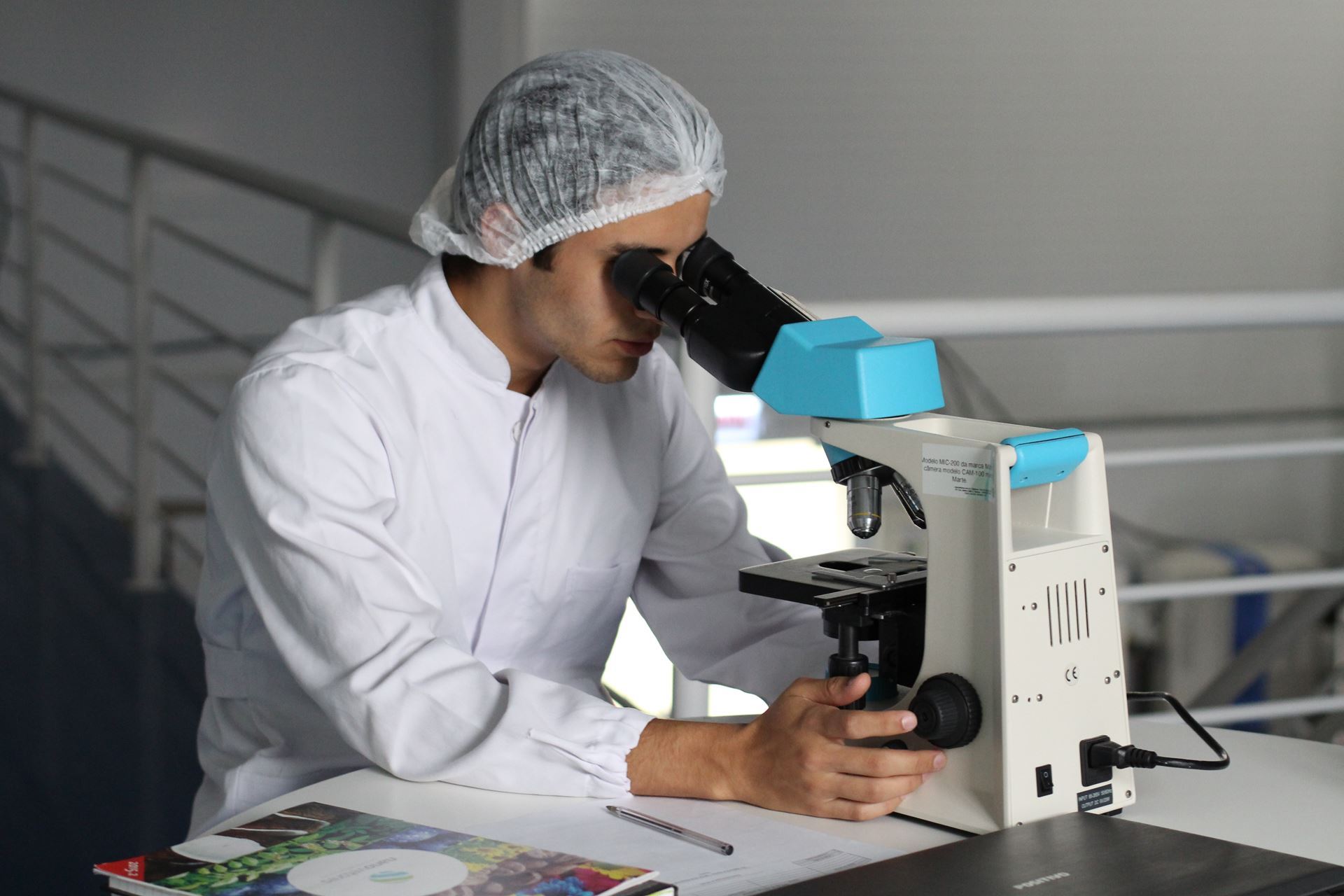GOALS AND ACCOMPLISHMENTS |
GOALS
The Histiocyte Society has several goals in place that we work toward together on a daily basis. Those goals include:
- To improve the scientific understanding of the histiocytic disorders and translate this knowledge to improved care and treatments for patients with these disorders.
- To provide a forum to promote, facilitate and conduct research in histiocytic disorders.
- To educate physicians, scientists, and other healthcare professionals on the biology, etiology, diagnosis and treatment of histiocytic disorders.
- To partner with and advise lay organizations in educational and other matters concerning the histiocytic disorders.

ACCOMPLISHMENTS
Additionally, many things have been accomplished over the history of the Histiocyte Society. Those accomplishments are outlined below:
After extensive research and collaboration, a common language of uniform classification, standardized diagnostic criteria, and guidelines for patients’ evaluation and follow-up was agreed upon and has been accepted worldwide.
In 1987, the Writing Group endorsed the use of the term “Langerhans cell histiocytosis” (LCH) to designate the various clinicopathologic conditions previously known as “Hand-Schuller-Christian disease,” “Abt-Letterer-Siwe disease,” “Hashimoto-Pritzker disease,”and “eosinophilic granuloma of bone.” LCH was intentionally chosen to replace the name “histiocytosis X,” which had been proposed in 1953, the “X” demonstrating the lack of knowledge about the etiology and pathophysiology of LCH. “Langerhans cell histiocytosis” was agreed upon, in order to acknowledge the central role of the Langerhans cell in these diseases, and the current nomenclature reflects an increased understanding the etiology of these disorders.
Also in 1987, as a result of the collaborative efforts, a simple stratification system for practical use was introduced for LCH. The Writing Group of the Histiocyte Society recommended a division of the histiocytic disorders into three classes: Langerhans cell histiocytosis (LCH) (class I); non-Langerhans cell histiocytosis (class II); and malignant histiocytic disorders (class III). A minor revision of this classification has more recently been proposed, and the three major groups are now termed (1) dendritic cell-related disorders (of which LCH is by far the most common), (2) macrophage-related disorders, and (3) malignant disorders.
For the first time, it became possible to collect large enough numbers of patients diagnosed according to strict criteria and evaluated in a uniform way to carry out a randomized trial of therapy. As a result, the LCH I treatment protocol was launched in 1992. It then became necessary to devise a salvage therapy protocol for patients with refractory or progressive LCH, and LCH I-S was opened in 1994. The HLH-94 (hemophagocytic lymphohistiocytosis) treatment protocol, designed primarily for the primary or familial hemophagocytic lymphohistiocytosis (FHL), was initiated in 1994. The results of LCH I and the DAL-HX (Austrian-German study from 1990) studies formed the basis for the LCH II study, which opened in 1996. In 1998, the LCH-CNS study was initiated to specifically address central nervous system LCH, as well as neurodegenerative disease. LCH III, the third international study on Langerhans cell histiocytosis, started in April of 2001 and is based on the findings of LCH I and LCH II. (Both LCH I and LCH II are now closed.) These treatment protocols are recognized as the most authoritative guide to treating the histiocytic disorders and are utilized extensively by physicians and treatment centers throughout the world.
.png)